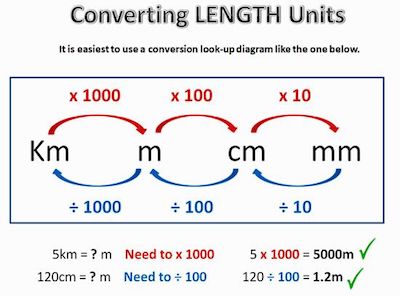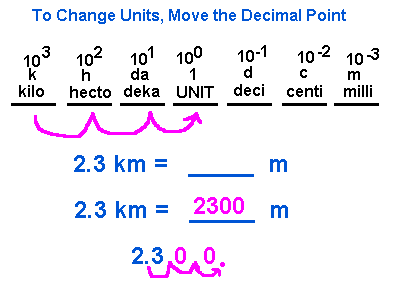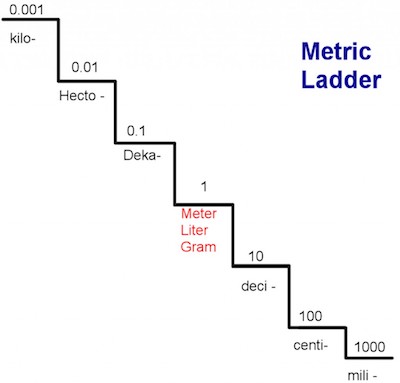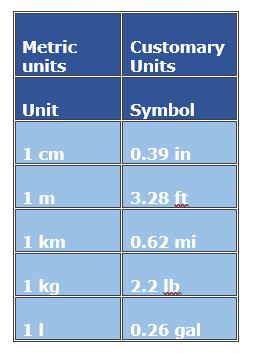While in the United States we continue to use the United States Customary System, you probably already heard of the metric system. This is a measurement system that is used in most other countries in the world and it is far easier to understand and use. Not so long ago, the US government considered the hypothesis of changing to the metric system as well. However, they were afraid to proceed because North Americans are very used to their own measuring system.

Nevertheless, it pays off to see the advantages of converting into the metric system.
Advantages Of Converting Into The Metric System
#1: No Conversions:
One of the main advantages of converting into the metric system is the fact that you will stop making conversions. Ultimately, there is only one unit for each type of measurement and students don’t need to memorize any factors. Just take the meter (m), for example. This is the unit of length in the metric system and while numerical prefixes may be attached, but they do not form a separate unit.
Looking to convert cubic yards to cubic feet?
#2: The Units Are Coherent:
When you’re looking at the metric system, you will easily see that its units derive as the simple algebraic quotients or products of a few independent base units, using the same equation as the quantity being measured. There are no numerical definitions or constants for students to memorize.
#3: There Are No Fractions:

One of the things that make conversions within the United States Customary System so complicated is the fact that they may use fractions. However, this won’t ever happen when you’re using the metric system. This system only uses decimals.
This is how you convert kilowatts into horsepower.
#4: Few Units:
Another advantage of converting into the metric system is the fact that the metric system only has around 30 individually-named units. Besides, most of them are limited to more specific areas or fields. So, students won’t have any hard time learning the most common units.
#5: Easy To Write And Say:

Generally speaking, quantities are much easier to express using the metric system than in other units. For example, 500 watts (500 W) is much simpler than the many confusing, equivalent, non-SI expressions of power such as 1700 British thermal units per hour (1700 Btu/h), 10 300 large Calories per day (10 300 Cal/d), 120 thermochemical calories per second (120 calth/s), 22 000 feet pounds force per minute (22 000 ft·lbf/min), or 0.142 commercial refrigeration tons.
Check out how you can easily convert Joule to BTU.
#6: It Uses Decimal Multiples:

The metric system uses a series of prefixes for all units that represent a change of a factor of 10. For example, “kilo” means 1,000, so one kilogram equals 1,000 grams. The metric system does not require you to memorize different conversion factors, such as 4 quarts to a gallon or 12 inches to a foot.
Learn more about the International System of Units (SI).
Bottom Line
As you can see, converting into the metric system could bring a lot of advantages to the United States. While there was the need of an adaption period, the truth is that the metric system is much simpler to use.